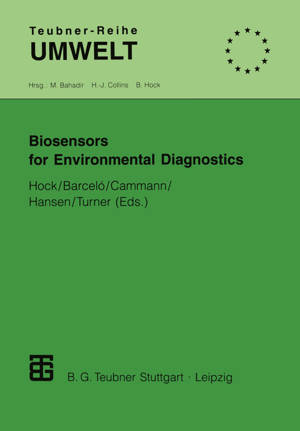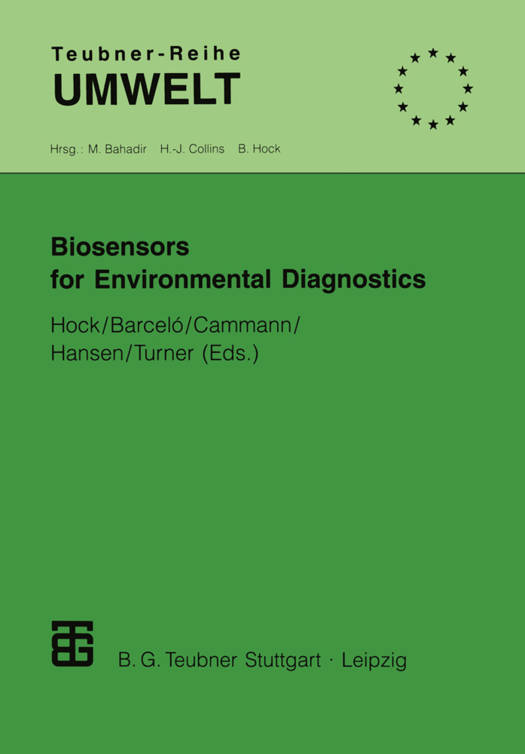
- Afhalen na 1 uur in een winkel met voorraad
- Gratis thuislevering in België vanaf € 30
- Ruim aanbod met 7 miljoen producten
- Afhalen na 1 uur in een winkel met voorraad
- Gratis thuislevering in België vanaf € 30
- Ruim aanbod met 7 miljoen producten
Zoeken
Biosensors for Environmental Diagnostics
€ 52,95
+ 105 punten
Omschrijving
Biosensors combine the power of microelectronics with the selectivity and sensitivity of biological components such as whole cells, organelles or biomolecules, e.g. antibodies, receptors, enzymes and nucleic acids. They are used to detect individual substances or groups of substances in the environment, such as industrial emissions that originate, for instance, from the textile, cellulose and pharmceutical industry as well as from agricultural activities. The biosensor approach is expected not only to provide a significant contribution to measurement technology but also a basis for competent political decisions. Up to now disturbances in lakes and rivers are detected more or less by chance. Essentially, only substances that can be assayed by traditional physico-chemical techniques are found. However, the pollution peak has usually already passed by the time the results become known and acquisition of evidence for the identification of the responsible party is hardly possible after the event. Therefore fast and continuous measurement systems such as biosensors are required to provide inexpensive and cost effective event-related sampling of water thus providing for the preservation of evidence. Biosensors can detect biological effects such as genotoxicity, immunotoxicity and endocrine responses. The sequence of these signals and especially the peak values provide valuable indicators for water protection and facilitate the elaboration of new strategies and concepts within water management. Of major importance is the knowledge of distribution of warning signals within space and time from water ecosystems. Only then can the "health status" of water be recognized sufficiently early.
Specificaties
Betrokkenen
- Uitgeverij:
Inhoud
- Aantal bladzijden:
- 279
- Taal:
- Engels
- Reeks:
Eigenschappen
- Productcode (EAN):
- 9783815435403
- Verschijningsdatum:
- 1/04/1998
- Uitvoering:
- Paperback
- Formaat:
- Trade paperback (VS)
- Afmetingen:
- 170 mm x 244 mm
- Gewicht:
- 453 g

Alleen bij Standaard Boekhandel
+ 105 punten op je klantenkaart van Standaard Boekhandel
Beoordelingen
We publiceren alleen reviews die voldoen aan de voorwaarden voor reviews. Bekijk onze voorwaarden voor reviews.










